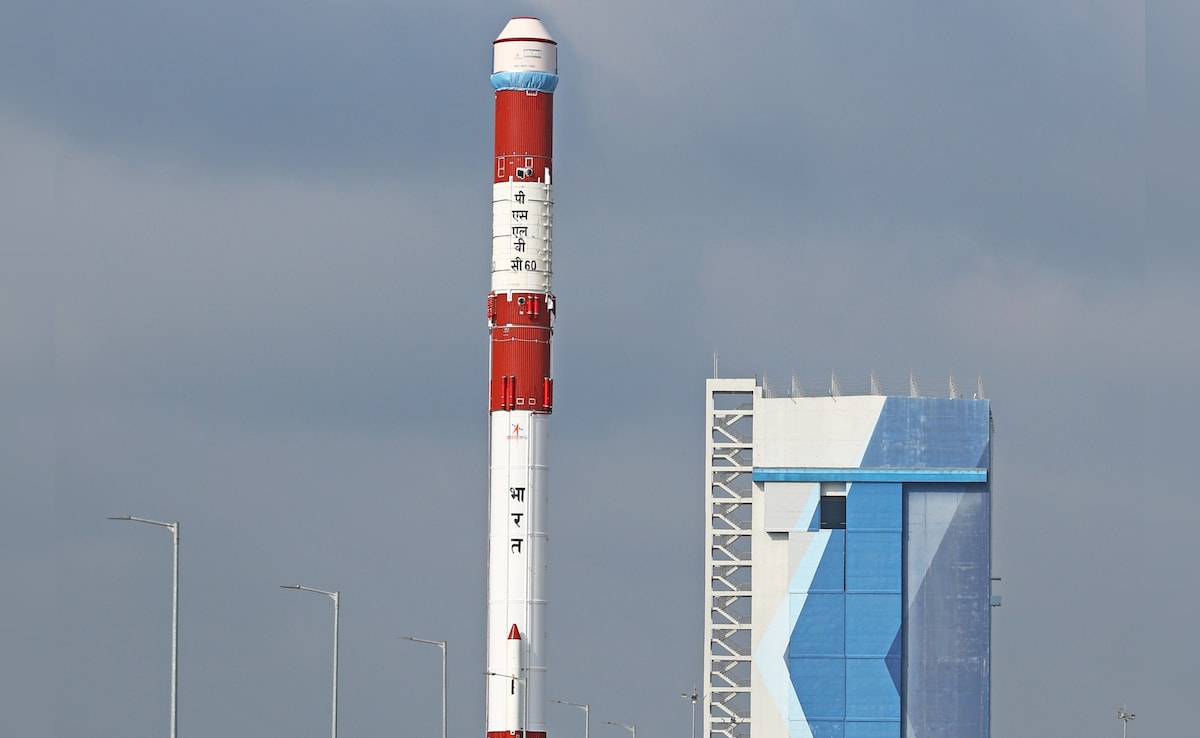
NEW DELHI: A study, released by the science & technology ministry on Thursday, indicates significant shale gas generation potential in eastern South Karanpura coalfield in Jharkhand.
The study, carried out by scientists from the Lucknow-based Birbal Sahni institute of Palaeosciences (BSIP), also provides essential insights that can guide future exploration efforts in the region, contributing to energy resource development and national energy security.
Shale gas is a mixture of hydrocarbon gases, primarily methane, that is trapped in shale rock formations. It is extracted through a process called hydraulic fracturing, using water.
The South Karanpura coalfield in the Ramgarh district of Jharkhand, consisting of 28 major coal blocks, is well-established for its substantial deposits of workable coal. “However, with the rising demand for energy and the growing interest in hydrocarbon exploration, the focus has increasingly shifted towards the potential for coal bed methane/shale gas (unconventional resource) generation within this region,” said the ministry in a note on the study, published in Journal of Asian Earth Sciences-X.
It said, “This pursuit of green energy necessitates an environment conducive to hydrocarbon preservation, which is critical for the nation’s energy strategy.”
Scientists from BSIP, an autonomous institution of the ministry, carried out a comprehensive study involving analysis of microscopic remains like pollen, spores, and certain microscopic organic matter on sediments from the Sirka and Giddi C areas of the Damodar Basin.
The ministry said the collected sediments, belonging to the Permian (Barakar) deposits, point to favourable conditions for high hydrocarbon resource potential in the region.







